Zeiss Touit 12mm f/2.8 And 32mm f/1.8 Lenses: For Fujifilm X Series And Sony NEX Cameras
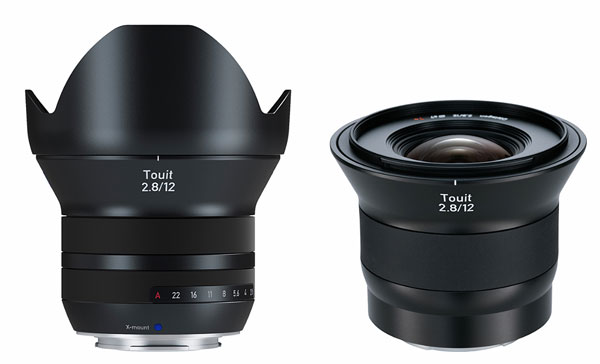
Photos courtesy of Zeiss
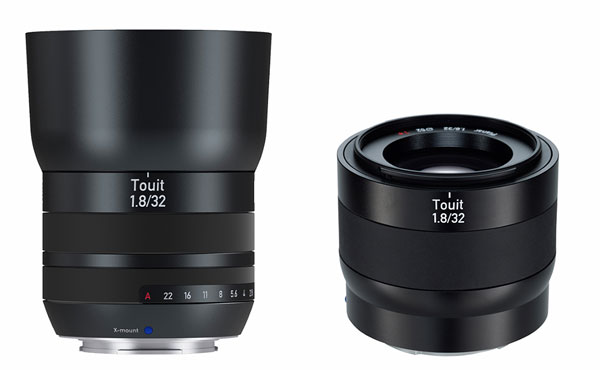
The X-E1 turned out to be the perfect companion for these lenses, which encourage active participation in making images. Like the camera, the lenses are lightweight and operate smoothly whether in AF or manual focus mode. They have a nice grip so manual focus is smooth and easy, and flash a quick “focus confirm” symbol in the frame when in AF. The outer construction is metallic and inside there’s what Zeiss dubs an “almost circular” nine-blade aperture. Both lenses have T* coating for reflectance reduction and come with compatible and substantial lens hoods.
Lens Specs
The 12mm f/2.8 is of Distagon design and is constructed of 11 elements in eight groups with an asphercial lens that helps reduce spherical and optical aberrations in edges of the frame, one of the keys to quality image delivery in wides such as this. There is also a lens made of special glass with anomalous partial dispersion to reduce chromatic aberrations. The 12mm comes in at about 7 oz, filter diameter is wide at 67mm, and it’s a bit over 3x3” in size. The collar has an excellent rubberized grip for use in manual focus and there are three click stops from one aperture to the next, which makes for very fine exposure control.
With a minimum aperture of f/22 and a close-focusing distance of a shade over 6” you can certainly achieve some great deep depth-of-field effects. Conversely, with that f/2.8 max aperture, shallow depth-of-field effects are also attainable, although angling the lens to foreshorten the foreground subject and then doing some judicious cropping can heighten the effect even more.
The 32mm f/1.8 is a Planar design constructed of eight elements in five groups, also with a minimum aperture of f/22. Close-focusing distance is about 15” and overall size is about 2x3”. It weighs in at a bit over 7 oz with a standard 52mm filter thread. As opposed to the “flower shape” hood of the 12mm, the 32mm has a straight-line hood included and shares the one-third stop clicks and rubberized collar of its compatriot.
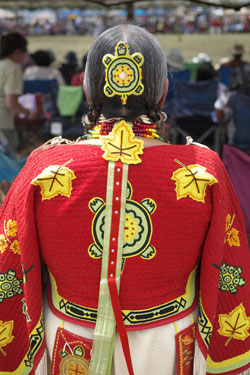
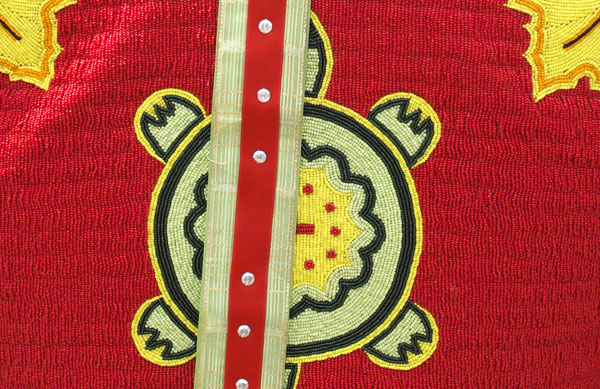
All Photos © George Schaub
In Use
As I said, both lenses are very lightweight, and this plays nicely with the portable X-E1, where you set the top dial to “A” for aperture priority and use the physical aperture settings on the lens for exposure control. (For shutter priority you set the shutter speed on the top dial and the lens to its A setting and the camera responds with an aperture setting.)
Focusing options on the camera include manual, single, and continuous. You can override or tweak AF using the outer ring on the lens. A green crosshair comes up when AF is confirmed and a light beep if you want as well. In manual a scale shows up at the bottom of the screen to show focusing distance.

If I have one critique of both lenses it’s lack of a depth-of-field scale inscription on the barrel. I have always felt that primes should include this aid for those who, like me, see a big advantage in using hyperfocal techniques in manual focusing mode. (This is where you use the scale to determine depth of field from a close distance to infinity at a select aperture.) This would have been most appreciated on the 12mm.
The LCD and eyepiece finder on the X-E1 are very good, but at times in very bright light a finder shade for the LCD would have been helpful. The monitor does not articulate on this model so odd-angle shots (over the head, lower to the ground) made true viewing a bit difficult and for some “Hail Mary” attempts. There is some “ratcheting” in AF; nothing overwhelming, mind you, but those making video in a library will notice it on the soundtrack.
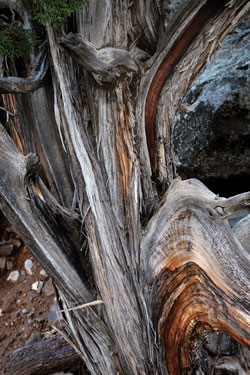
Image Quality
But overriding any of these concerns is the amazing sharpness and contrast of the images the lenses produce. I photographed in New York and New Mexico, and in the field was where the companionability of the X-E1 and the Zeiss optics came to the fore. The X-E1 is a photographer’s camera, with just the needed and only the necessary controls to make shots, although it’s quite feature-laden once you dive into the menu. Since this is “live view” (as well as an eyepiece EVF finder) the very handy exposure compensation dial near the shutter release got good use.
In fact, after downloading the images I was quite startled by the results. I cropped into some of them (see illustrations) and even after repeated pressing of the zoom key I couldn’t make any artifacts, chromatic aberrations, or edge effects appear. True, there is sharpening happening during processing in the camera, but I am certain that sharpening algorithms could not make for these sterling results.

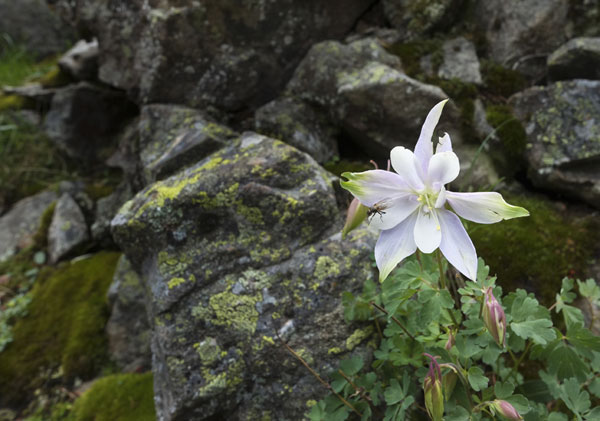

I processed the images in the (Fujifilm) supplied software (SilkyPix) and that afforded some interesting presets and controls, but I preferred working in Lightroom 4, which reads the RAF Raw files from this camera. I shot in JPEG Fine+Raw on a SanDisk Extreme SDHC card, which processed the images quickly. I applied no sharpening in either case although I occasionally did some color and burn tweaking. Please see image captions for further comments.
These lenses are not inexpensive. The 32mm sells for about $900 and the 12mm at about $1250. This is not unusual for Zeiss lenses, and it’s really a price/quality ratio issue, one that you will have to decide. But it does raise the bar for compact system camera quality, one that will, I believe, continue to challenge APS-C D-SLRs for the hearts and minds of photographers. Oh, and that model name. Touit, according to Wikipedia, is a genus of Neotropical parrots in the Psittacidae family, quite colorful birds at that. Go figure.

Contacts
Fujifilm (X-E1 and other X-mount cameras): www.fujifilmusa.com
Zeiss: www.zeiss.com

































